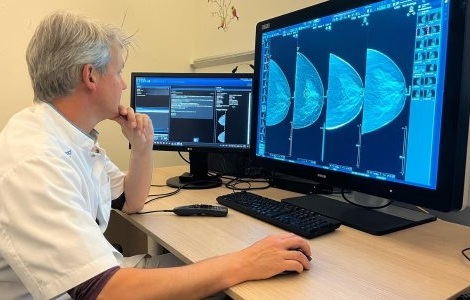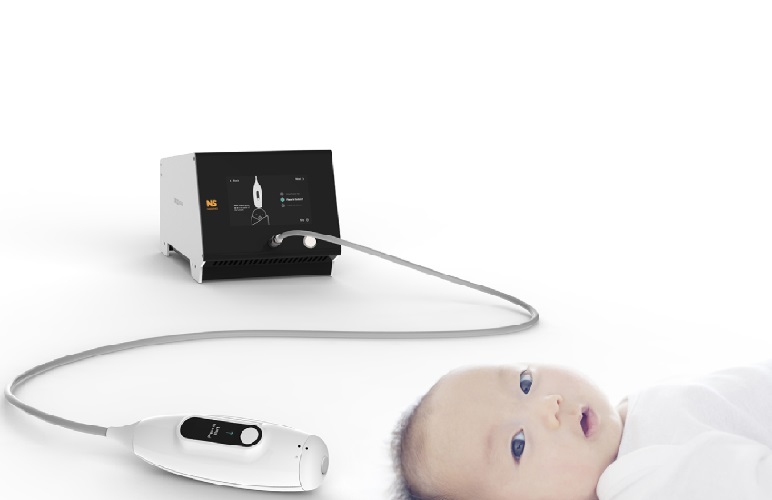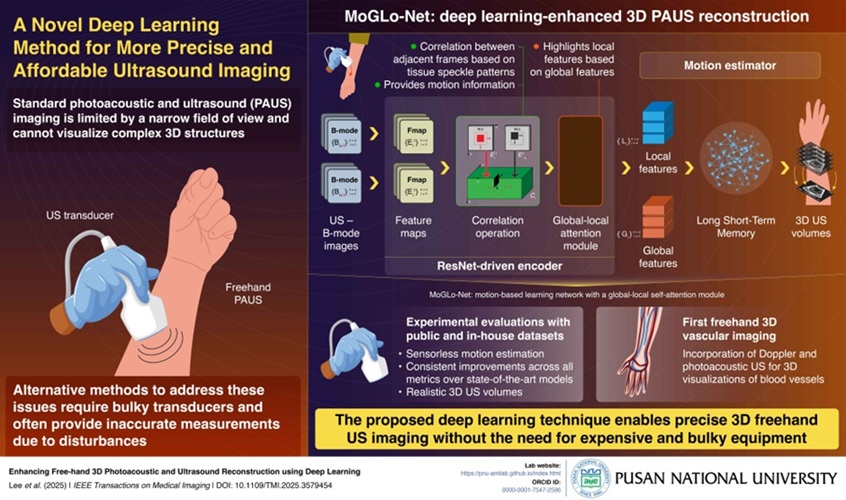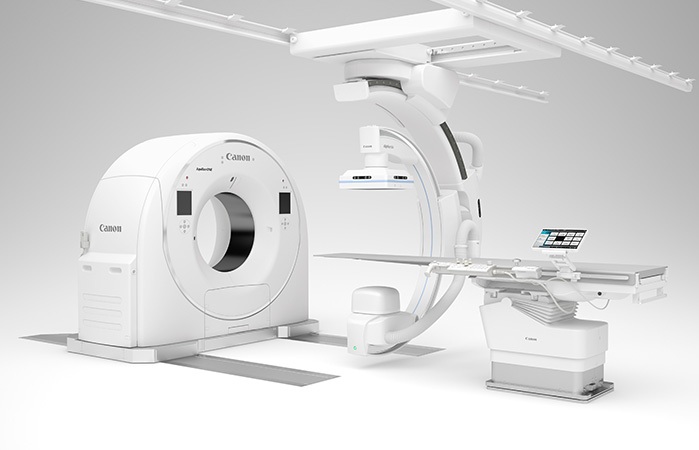MRI-Guided Microscopic Robots Eliminate Liver Tumors
|
By MedImaging International staff writers Posted on 19 Feb 2024 |
.jpg)
Hepatocellular carcinoma, the most common type of liver cancer, is a global health challenge, causing approximately 700,000 deaths annually. The current primary treatment modality is transarterial chemoembolization. This technique delivers chemotherapy directly into the artery supplying the liver tumor and blocks the tumor's blood supply using microcatheters, guided by X-ray. However, this method is invasive and demands highly skilled medical professionals. Now, a novel approach for treating liver tumors that uses magnet-guided microrobots in an MRI device could revolutionize interventional radiology approaches used to treat liver cancers.
The concept of injecting microscopic robots into the bloodstream for therapeutic purposes has been around for some time. Miniature robots, composed of biocompatible, magnetizable iron oxide nanoparticles and directed by an external magnetic field, can theoretically offer highly precise medical treatments. A key challenge has been that the gravitational force on these microrobots is greater than the magnetic force, affecting their navigation, especially when the target tumor lies above the injection site. While MRI machines produce a strong magnetic field, the magnetic gradients for navigation and image generation are relatively weak. Researchers at the University of Montreal Hospital Research Centre (CRCHUM, Quebec, Canada) have developed an innovative algorithm. This algorithm calculates the optimal positioning of the patient’s body within a clinical MRI to utilize gravity in conjunction with magnetic navigation forces, facilitating the movement of microrobots to arterial branches feeding the tumor and thereby conserving healthy cells.
This magnetic resonance navigation method can be implemented with an implantable catheter similar to those used in chemotherapy. Another advantage is that tumors are more clearly visible in MRI than in X-ray imaging. The researchers have created an MRI-compatible microrobot injector, assembling 'particle trains' - aggregates of magnetizable microrobots with enhanced magnetic force, making them easier to steer and detect in MRI images. This enables precise control of both the direction of the microrobot 'train' and the adequacy of the treatment dosage. As each microrobot is intended to deliver a fraction of the treatment, quantifying them is crucial for radiologists. Although this scientific advancement marks significant progress, its clinical application remains some distance away. Further, scientists must develop models to simulate blood flow, patient positioning, and magnetic field orientation. This modeling, predicting the fluid flow through vessels, will enhance the precision of microrobot transport to the target tumor, refining the accuracy of this innovative approach.
“First of all, using artificial intelligence, we need to optimize real-time navigation of the microrobots by detecting their location in the liver and also the occurrence of blockages in the hepatic artery branches feeding the tumor,” said Dr. Gilles Soulez, a researcher at the CHUM Research Centre.
Related Links:
CRCHUM
Latest MRI News
- Novel Imaging Approach to Improve Treatment for Spinal Cord Injuries
- AI-Assisted Model Enhances MRI Heart Scans
- AI Model Outperforms Doctors at Identifying Patients Most At-Risk of Cardiac Arrest
- New MRI Technique Reveals Hidden Heart Issues
- Shorter MRI Exam Effectively Detects Cancer in Dense Breasts
- MRI to Replace Painful Spinal Tap for Faster MS Diagnosis
- MRI Scans Can Identify Cardiovascular Disease Ten Years in Advance
- Simple Brain Scan Diagnoses Parkinson's Disease Years Before It Becomes Untreatable
- Cutting-Edge MRI Technology to Revolutionize Diagnosis of Common Heart Problem
- New MRI Technique Reveals True Heart Age to Prevent Attacks and Strokes
- AI Tool Predicts Relapse of Pediatric Brain Cancer from Brain MRI Scans
- AI Tool Tracks Effectiveness of Multiple Sclerosis Treatments Using Brain MRI Scans
- Ultra-Powerful MRI Scans Enable Life-Changing Surgery in Treatment-Resistant Epileptic Patients
- AI-Powered MRI Technology Improves Parkinson’s Diagnoses
- Biparametric MRI Combined with AI Enhances Detection of Clinically Significant Prostate Cancer
- First-Of-Its-Kind AI-Driven Brain Imaging Platform to Better Guide Stroke Treatment Options
Channels
Radiography
view channel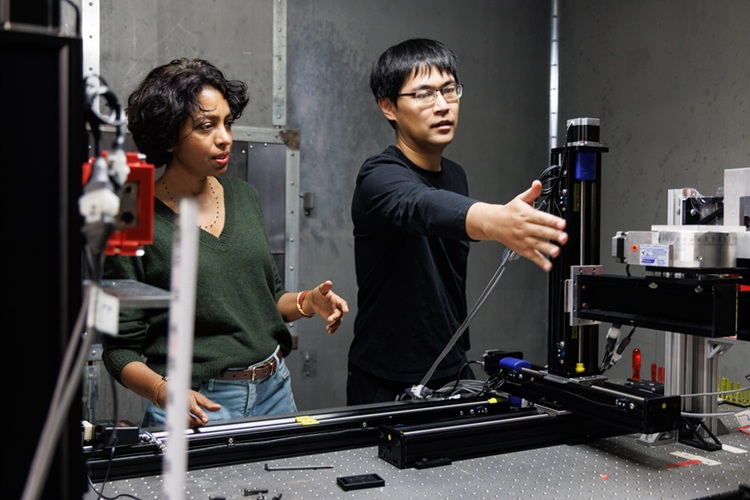
X-Ray Breakthrough Captures Three Image-Contrast Types in Single Shot
Detecting early-stage cancer or subtle changes deep inside tissues has long challenged conventional X-ray systems, which rely only on how structures absorb radiation. This limitation keeps many microstructural... Read more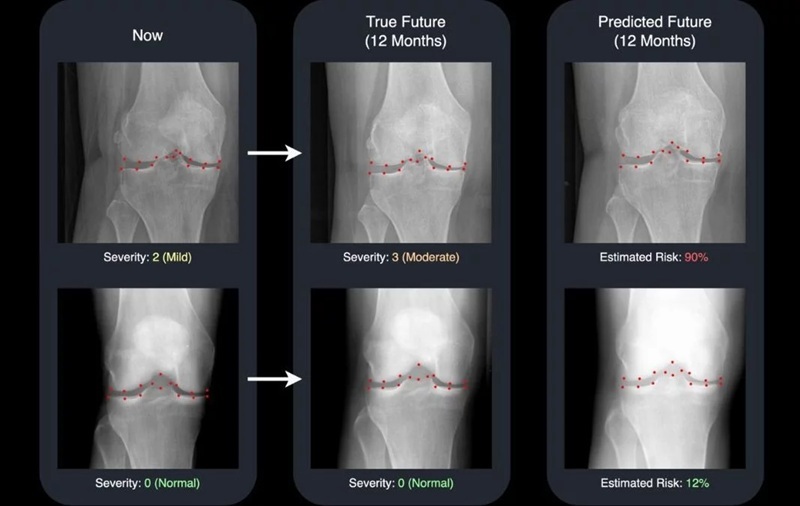
AI Generates Future Knee X-Rays to Predict Osteoarthritis Progression Risk
Osteoarthritis, a degenerative joint disease affecting over 500 million people worldwide, is the leading cause of disability among older adults. Current diagnostic tools allow doctors to assess damage... Read moreMRI
view channel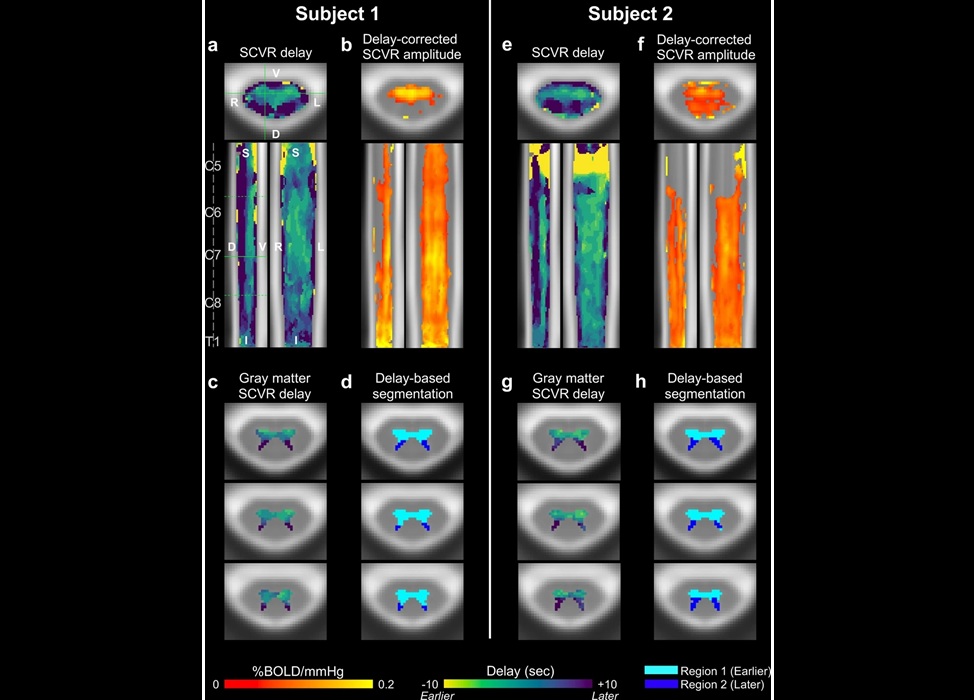
Novel Imaging Approach to Improve Treatment for Spinal Cord Injuries
Vascular dysfunction in the spinal cord contributes to multiple neurological conditions, including traumatic injuries and degenerative cervical myelopathy, where reduced blood flow can lead to progressive... Read more
AI-Assisted Model Enhances MRI Heart Scans
A cardiac MRI can reveal critical information about the heart’s function and any abnormalities, but traditional scans take 30 to 90 minutes and often suffer from poor image quality due to patient movement.... Read more
AI Model Outperforms Doctors at Identifying Patients Most At-Risk of Cardiac Arrest
Hypertrophic cardiomyopathy is one of the most common inherited heart conditions and a leading cause of sudden cardiac death in young individuals and athletes. While many patients live normal lives, some... Read moreUltrasound
view channel
Ultrasound Probe Images Entire Organ in 4D
Disorders of blood microcirculation can have devastating effects, contributing to heart failure, kidney failure, and chronic diseases. However, existing imaging technologies cannot visualize the full network... Read more
Disposable Ultrasound Patch Performs Better Than Existing Devices
Wearable ultrasound devices are widely used in diagnostics, rehabilitation monitoring, and telemedicine, yet most existing models rely on lead-based piezoelectric ceramics that pose health and environmental risks.... Read moreNuclear Medicine
view channel
Radiotheranostic Approach Detects, Kills and Reprograms Aggressive Cancers
Aggressive cancers such as osteosarcoma and glioblastoma often resist standard therapies, thrive in hostile tumor environments, and recur despite surgery, radiation, or chemotherapy. These tumors also... Read more
New Imaging Solution Improves Survival for Patients with Recurring Prostate Cancer
Detecting recurrent prostate cancer remains one of the most difficult challenges in oncology, as standard imaging methods such as bone scans and CT scans often fail to accurately locate small or early-stage tumors.... Read moreGeneral/Advanced Imaging
view channel
AI Tool Improves Medical Imaging Process by 90%
Accurately labeling different regions within medical scans, a process known as medical image segmentation, is critical for diagnosis, surgery planning, and research. Traditionally, this has been a manual... Read more
New Ultrasmall, Light-Sensitive Nanoparticles Could Serve as Contrast Agents
Medical imaging technologies face ongoing challenges in capturing accurate, detailed views of internal processes, especially in conditions like cancer, where tracking disease development and treatment... Read more
AI Algorithm Accurately Predicts Pancreatic Cancer Metastasis Using Routine CT Images
In pancreatic cancer, detecting whether the disease has spread to other organs is critical for determining whether surgery is appropriate. If metastasis is present, surgery is not recommended, yet current... Read moreImaging IT
view channel
New Google Cloud Medical Imaging Suite Makes Imaging Healthcare Data More Accessible
Medical imaging is a critical tool used to diagnose patients, and there are billions of medical images scanned globally each year. Imaging data accounts for about 90% of all healthcare data1 and, until... Read more
Global AI in Medical Diagnostics Market to Be Driven by Demand for Image Recognition in Radiology
The global artificial intelligence (AI) in medical diagnostics market is expanding with early disease detection being one of its key applications and image recognition becoming a compelling consumer proposition... Read moreIndustry News
view channel
GE HealthCare and NVIDIA Collaboration to Reimagine Diagnostic Imaging
GE HealthCare (Chicago, IL, USA) has entered into a collaboration with NVIDIA (Santa Clara, CA, USA), expanding the existing relationship between the two companies to focus on pioneering innovation in... Read more
Patient-Specific 3D-Printed Phantoms Transform CT Imaging
New research has highlighted how anatomically precise, patient-specific 3D-printed phantoms are proving to be scalable, cost-effective, and efficient tools in the development of new CT scan algorithms... Read more
Siemens and Sectra Collaborate on Enhancing Radiology Workflows
Siemens Healthineers (Forchheim, Germany) and Sectra (Linköping, Sweden) have entered into a collaboration aimed at enhancing radiologists' diagnostic capabilities and, in turn, improving patient care... Read more













